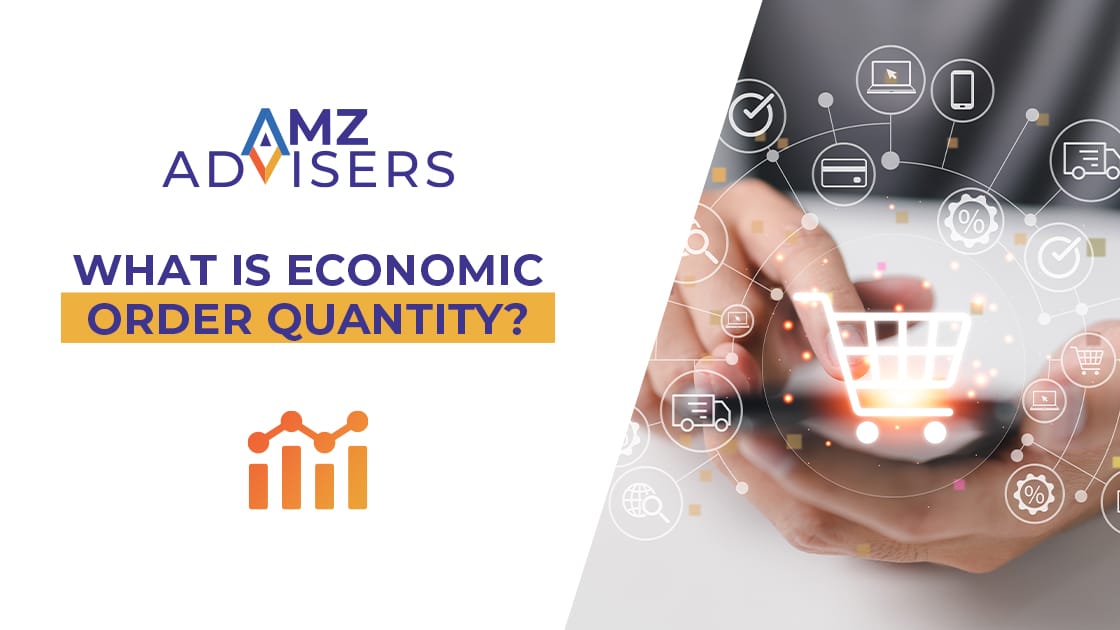Amazon Marketing Cloud, or AMC, is one of the most overlooked analytics tools available to brands. Think of it as a one-stop shop for improving your measurement and re-targeting solutions.
But who is Amazon Marketing Cloud right for? You’re probably ready to begin your AMC journey if you’re already running multiple Amazon ad formats, including DSP and Sponsored Ads.
Running multiple ad types on Amazon is a great way to target shoppers across various parts of the funnel. The problem is, normally within Amazon, there’s no way to see exactly how those ad formats are working in tandem.
Is the person who saw your DSP ad eventually running into your Sponsored Products ad, and then converting? AMC is able to make those connections for you.
Read on to see how Amazon Marketing Cloud works—and what insights the platform can unlock for you.
How Does Amazon Marketing Cloud Make Connections Between Ads?
AMC assigns each shopper an anonymous, privacy-safe number string called a user_id. Every interaction with an ad, or every organic event—say, adding a product to cart—is associated with a unique user_id.
Amazon Marketing Cloud connects those user_ids together, so you can see that the same shopper who viewed your DSP ad later added a product from your brand to their cart.
These connections allow you to access a full view of your shopper journeys. Want to know which combination of your ads, in which order, is the most effective at driving sales? Amazon Marketing Cloud can give you those insights.
AMC can also unlock new metrics and KPIs that you can’t get anywhere else. For example:
- Time to Conversion: Understanding how long the average customer tends to take between ad view and purchase is critical for re-targeting. Not all brands are going to have the same Time to Conversion—a jewelry brand will probably have a longer one than a snack brand. If you know that Time to Conversion is 24 hours, for example, you can then re-target shoppers right after that period passes. That way, you avoid cannibalizing your own sales.
- Life-Time Value (LTV): Knowing how much a customer is likely to spend on your brand is critical to deciding how much ad dollars to allocate toward them. By combining organic sales and ad sales data for specific shoppers, AMC makes LTV calculations easy. You can group shoppers by high or low LTV, and plan your ads accordingly.
One Recommendation: Use New-To-Brand Metrics
As we’ve discussed, the potential of AMC is vast. But for brands that are new to the platform, there’s one easy use case we at Intentwise recommend trying first.
Increasingly, many brands are finding value in KPIs beyond just ACOS and ROAS. A growth metric that is gaining steam in particular is New-To-Brand metrics.
New-To-Brand metrics, or NTB, track shoppers who are first-time buyers of your brand. A product that has a high NTB purchase rate is going to be a significant driver of incremental sales for your company.
The problem is, in the Amazon Ad Console, you can only see NTB metrics for Sponsored Brands and Sponsored Display ads. For Sponsored Products ads, the most popular ad format, NTB data is hidden.
The one way around that: Amazon Marketing Cloud. With AMC, you can see NTB metrics across all of your ad formats. It’ll be easy to identify the products and the ad campaigns that are driving the highest number of incremental sales.
How Do You Unlock Insights in AMC?
We’ve just outlined all that AMC can do for you. But how do you actually extract those insights from the platform?
Unfortunately, here’s where it can get a bit complicated. To use AMC, you have to write a series of SQL queries. These queries in turn produce relevant results about your shoppers. A query can show you, for instance, the most common path to purchase for your brand.
The problem is, to write a query for AMC, you need to know the coding language SQL.
Amazon does offer some built-in instructional queries to get you started, but these queries have some notable limitations.
If you’re struggling with SQL, there’s another way. Our platform Intentwise Explore offers a sophisticated, built-in library of queries, which you can schedule to run at regular intervals with a single click–no SQL authoring required.
Does Amazon Marketing Cloud Connect to DSP?
One of the most important use cases of AMC is that it lets you create highly granular custom audiences. You can push those audiences to DSP, and then re-target them with ads there.
AMC’s custom audience feature lets you get granular. Instead of just reaching shoppers based on their interests, you can target them based on the ads they’ve already seen or the actions they’ve already taken.
In AMC, you might identify that your customers tend to Subscribe & Save on their third purchase from your brand. For example: Create an audience of people who have bought twice from your product but who haven’t yet subscribed. Then, run a targeted DSP ad encouraging them to subscribe.
You can also use negative audience targeting to subtract a particular group of shoppers from your DSP ad campaigns. Let’s say you want to make sure you’re not over-exposing a certain group of customers to your ads.
In Amazon Marketing Cloud, you can create an audience of people who have seen your ads more than 5x a day (even across ad types), and then add them as a negative audience in DSP. That way, you can be sure your ads aren’t cannibalizing each other.
Who is Eligible to Use Amazon Marketing Cloud?
Now that we’ve explained some of what AMC can do, you might be ready to get started with the platform.
The only requirement to using Amazon Marketing Cloud is that you have to be actively spending on DSP ads. If you are a DSP user, then great—you can sign up for AMC anytime.
To get started with AMC, all you have to do is create what is called an AMC instance. Essentially, an instance is your access to AMC. It’s tied to your brand, and you need to activate your AMC instance in your account before you can start using the platform.
One important caveat: When you first create an instance, AMC only populates your data going back seven days. That’s why we recommend creating one now, even if you’re still debating whether to use AMC. You can do it for free with Intentwise.
Is Amazon Marketing Cloud Totally Free?
As long as you are advertising on DSP, AMC is free for any brand to use. You can map out a shopper’s advertising journeys easily within the platform.
However, as you get more sophisticated, keep in mind that some of AMC’s critical datasets are kept behind a paywall. AMC has a paid package of Flexible Amazon Shopping Insights that includes data about organic sales, Subscribe & Save conversions, and more.
Earlier, we mentioned the usefulness of Life-Time Value (LTV) metrics. To calculate LTV, you need organic sales data. And because organic sales data is kept behind the Flexible Amazon Shopping Insights paywall, you’ll have to subscribe to get full LTV information.
So how much does this cost? In our experience, we’ve found that the price of Flexible Amazon Shopping Insights varies widely depending on your brand and on the size of your instance. To get a price quote, you should contact Amazon directly.
Can I Connect My Own Customer Data Points?
One of the final benefits of Amazon Marketing Cloud is the ability to connect your own first-party data with Amazon’s shopper data.
If you’d like to understand how your DTC site works in tandem with Amazon in the customer journey, AMC is your best bet. Want to know what share of shoppers who visited your site eventually bought your product on Amazon? Or vice versa? AMC is your answer.
All you have to do is upload a .CSV of customer data points, such as customer emails, into AMC. From there, AMC will show how they are interacting with your brand on Amazon.
The prospect of uploading DTC customer information might sound a bit daunting to some brands. But don’t worry—that information will be kept private, and will be immediately anonymized. No shopper is specifically identifiable in AMC, not by you and not by Amazon.
Author




